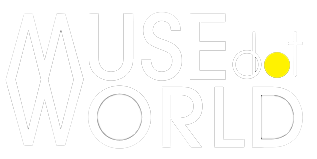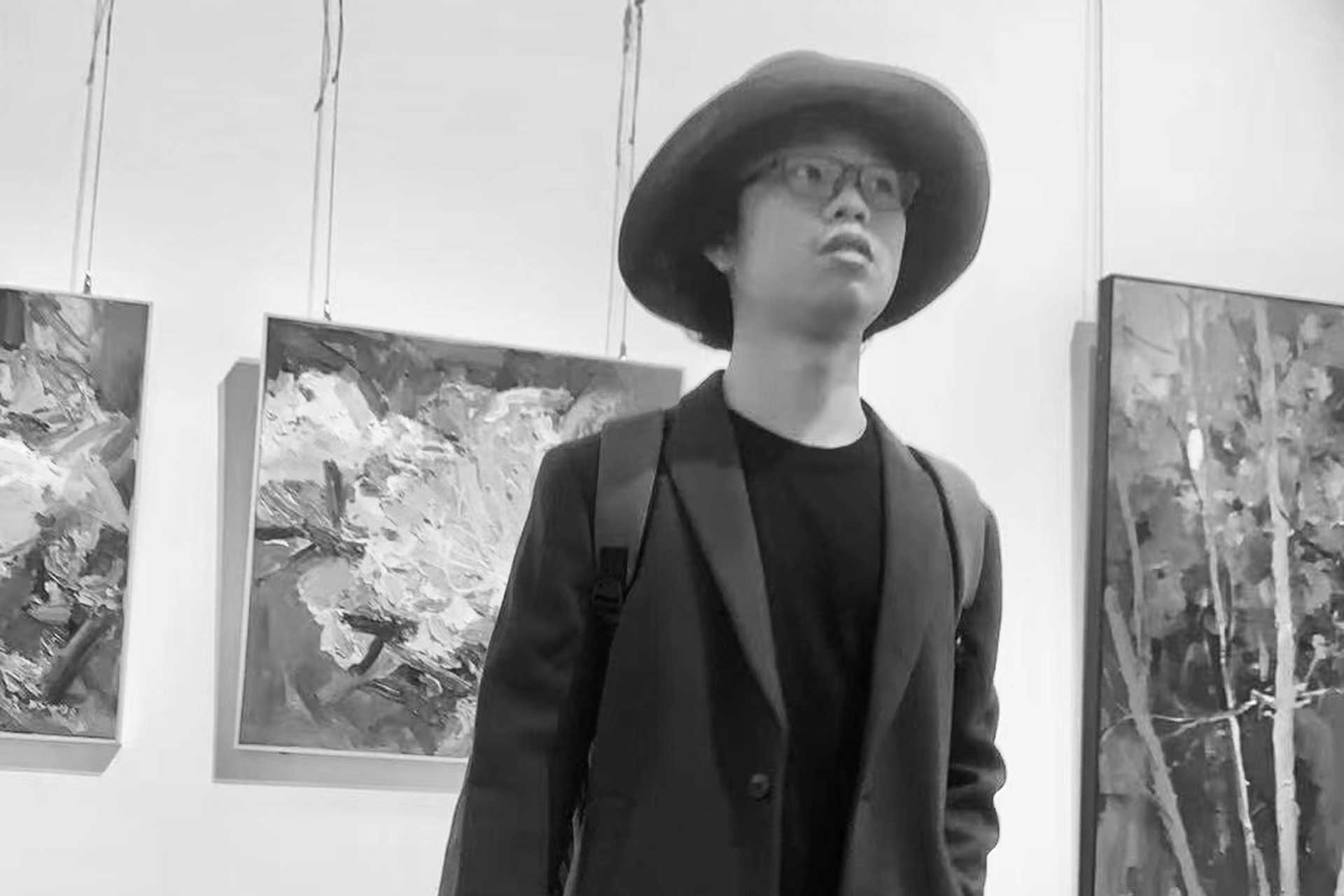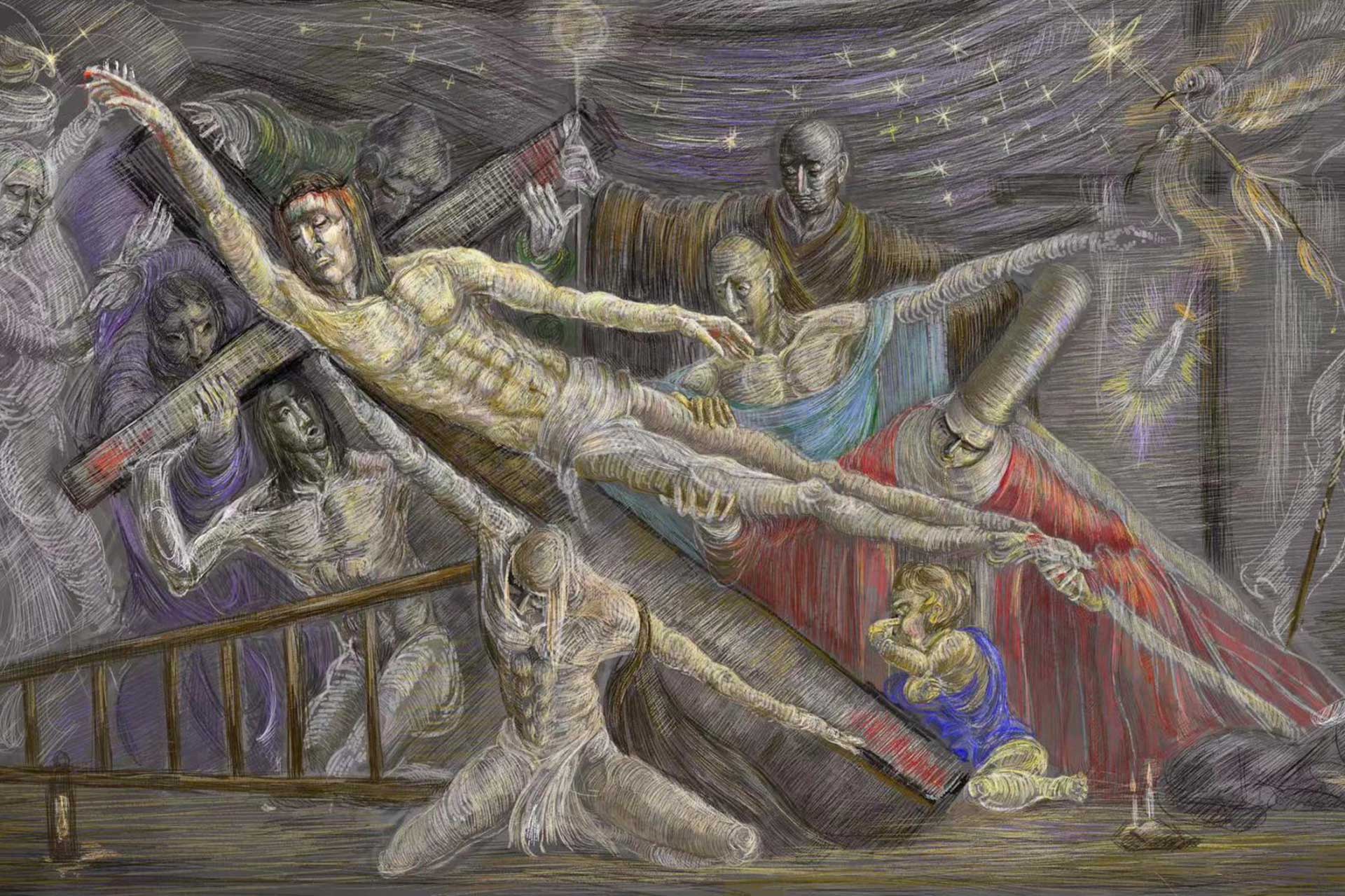Modern Design Inspired by the Past: Xiaotao Tang’s Approach to Bridging Eras

The Forgotten Stories of Russian-German Immigrants | An Often-Overlooked History
December 23, 2024
2025 London Design Awards: Celebrating Excellence in Global Design Innovation
December 24, 2024Xiaotao Tang
Xiaotao Tang, a consultant and advisor for design brands at Shenzhen Xinsheng Clothing Co., LTD., has worked with renowned brands and produced items for major domestic celebrity events, focusing on refined, small-scale operations. His background, shaped by years of studying classical culture, explores uniting reason and emotion through modern thought.
My design background has been deeply influenced by my studies over the past few years, during which I explored classical culture and discovered new possibilities for uniting reason and emotion through modern thought.
This journey into classicism, including art, architecture, and design ideas, emphasized the enduring significance of graphic painting and illustration in contemporary design.
As a teenager, I read an exceptional book on Impressionism featuring many of Monet's works. I was captivated by the sensuality and romance of it all, which ultimately inspired me to pursue a career as an artist and designer.
Later, my exploration of rational, research-based design ideas stemmed from studying the structural visual rhythm in classical and modern architecture, helping me balance my initial lack of rationality.
Our company, Shenzhen Xinsheng Clothing Co., LTD., has worked with many renowned brands and has participated in producing armbands and cloth items for major domestic celebrity variety events. We focus on operating in a sophisticated, refined, and small-scale manner.
Our team, including expert designers, specializes in creating high-quality embroidery, badges, and stickers. Mr. Hu Huasong, a skilled embroidery designer, leads our design efforts. For inquiries, please contact us at magicer168@163.com.
I primarily serve as a consultant and advisor to the company, focusing on design composition and visual communication.
What's my favorite design? It's a tough question. I have explored many artistic styles, which has helped me understand the strengths and weaknesses of each. As a result, it's difficult for me to choose just one. I believe the best art form, if there is one, is design from the classical period, but not because their designs are so advanced.
Rather, their design ideas have shaped the development of our own design principles. The balance between reason and emotion has always been central to design, and as time progresses, our understanding of this balance continues to grow. The reason I appreciate classical design is not because it is advanced, but because it reflects the context in which it was created.
In my opinion, there are two kinds of good design. The first meets the various needs of the country and society in production and daily life. The second, which I admire more, is innovative and breakthrough design—ideas that serve as a treasure trove of thought left behind by their creators, whether before or after their death.
These ideas become a source of inspiration for future generations, who continue to learn from and build upon them. I believe this is a highly honorable pursuit, but it also comes with a considerable cost.
My design style is quite contradictory. The techniques and ideas I use are inherited from ancient times, but I interpret these ancient traditions through the lens of contemporary thinking. The core of my design is the exploration of the fusion between reason and sensibility across different eras.
In my work, you often see linear compositions and framed images, sometimes incorporating inspiration from certain buildings. This allows me to freely use bold colors to create an intense struggle and conflict between reason and sensibility.
In the illustration titled "The Lower Cross," the struggle between reason and sensibility ultimately evolves into a sacrifice passed down from ancient times to the present, representing redemption and deep philosophical expressions. In this work, my design focuses more on the concept of infinity.
My design ideas are quite spontaneous, drawing inspiration from a variety of disciplines such as architecture, music, classical art, perspective, composition, and other audiovisual fields. At the intersection of these disciplines, I explore the structure, rhythm, and philosophical expressions of both their commonalities and differences, finding inspiration along the way.
To use and express these inspirations, I spend a considerable amount of time on the sketchpad, calculating, refining, and constantly revisiting my work. This iterative process allows me to arrive at a result that is satisfying yet flexible enough to be reimagined at any moment.
To be honest, I don’t see it as a major concern. I’m not particularly drawn to the concept of "artistic conception," as it can feel somewhat abstract. I believe the teachings of philosophers in our country remind us that, in creating, it's important to also consider the study of natural laws.
For me, the cultural aspects of painting don't fully align with my focus on scientific and rational research, which is why I chose to pursue a different direction.
"Dragon Slayer," "The Night Before," and "Down the Cross" represent the three stages in my study and application of classical ideas. The first focuses on the possibility of using extreme color configurations for color guidance and grand scenes, as well as the role of reason in controlling the uncertain and confusing aspects of sensibility. It also highlights the significant value and potential of Rembrandt's etching techniques, dating back to the Northern Renaissance, in today's graphic painting.
The second stage explores Rembrandt's experiments with light and impressionistic color, along with the use of subtle anatomical art to create realistic figures. It examines the fusion of ancient knowledge of light and shadow with modern color usage, while also incorporating linear composition to further refine the work. This shows that ancient techniques have unique advantages in the field of animation.
"The Lower Cross" is a product of philosophy and thought, developed from these two approaches. It moves beyond simple, one-dimensional vision by using linear composition to create a rich cycle of visual language, akin to atmospheric circulation. At the same time, these starting and ending points incorporate the philosophical language and deeper meanings tied to the development of human culture.
The biggest challenge for me in this project is the lack of precedents. I have searched extensively online, but I want to explore related academic achievements and architectural works that could inspire me across various arts and visual mediums.
Since this material isn't readily available, I have had to conduct my own research, which may explain the limited sources of information I've been able to access.
Based on my education and observation of cutting-edge art colleges, I’ve noticed a significant trend of homogenization. Additionally, there is a lack of deep understanding and inheritance of ancient heritage. Classical culture’s importance in the history of art, design, Western design, art history, and literature is often overlooked.
In current design practices, there is much exploration of composition and movement, but the corresponding discussions on philosophy and human spiritual significance are often neglected. Many designers and illustrators in the industry fall into a conceptual trap, which limits their creative logic.
I believe that in the next 5-10 years, there will be a turning point that will address these issues, leading to significant development in the design industry. Personally, I think this period will be a time of breakthrough, as we have reached a kind of saturation in the modern world. Perhaps we will see a full revival of ideas from the Renaissance onwards. I may even witness the emergence of a third Renaissance in my lifetime.
As someone who has been there, I have two pieces of advice to offer. For those who enjoy thinking and studying, don't doubt yourselves. Just set two standards: first, whether it aligns with the laws of nature, and second, whether it meets your inner needs. These natural laws encompass everything, including society, philosophy, and vision. Everything that moves forward in accordance with these laws is correct, no matter how radical your design may be.
I've always believed that anatomy is an essential part of understanding how a complex organism works structurally and visually. Even in the sculptures of ancient Greece, we can see the interplay and use of planes or three-dimensional shapes, such as squares, circles, straight lines, and triangles.
Modern concepts, conceptual design, the study of forms of movement, knowledge of music, literature, and history, as well as understanding the broader context of Western culture, are all essential. Of course, other studies, such as light, shadow, and color, are also indispensable. I prefer to observe various paintings and design works on my own. We should embrace all influences and digest as many excellent works as we can.
The secret to my success is quite extreme. I simply never believed in books. In my view, books are just records of the laws of nature, but they are not the same as nature itself. I prefer to see the sea in person rather than read about it in a novel. This is the secret to my success.
Before parting, I hope that young people in our industry will focus on the basics and understand the context of history. Only then can they avoid getting lost in the ocean of knowledge or falling into the trap of nihilism. Trees are angles, the branches are angles, and the leaves are angles. All these elements together make a real tree, from ancient to modern, from large to small—everything is connected.
Xiaotao Tang
Xiaotao Tang, a consultant and advisor for design brands at Shenzhen Xinsheng Clothing Co., LTD., has worked with renowned brands and produced items for major domestic celebrity events, focusing on refined, small-scale operations. His background, shaped by years of studying classical culture, explores uniting reason and emotion through modern thought.
Explore the journey of Baoqi Ding and Chuoer Liang, the Silver Winners at the 2024 MUSE Design Awards. Baoqi and Chuoer are talented UX designers with a shared passion for innovation, Baoqi specializing in AI-driven products at Learneo, contributing to QuillBot, and Chuoer focusing on e-commerce solutions at Inmar Intelligence, designing features that drive sales and loyalty, while collaborating on side projects like Furco.


